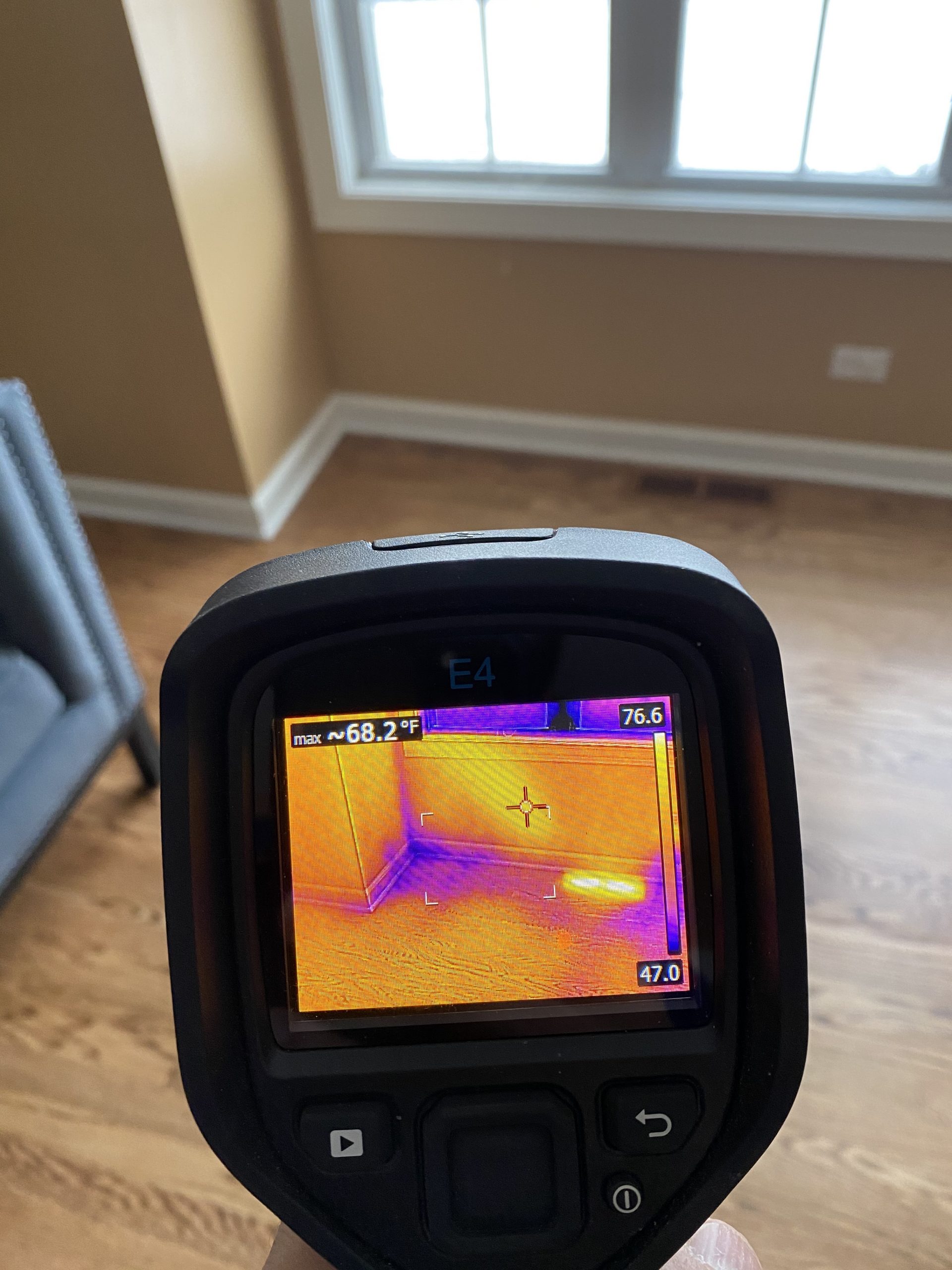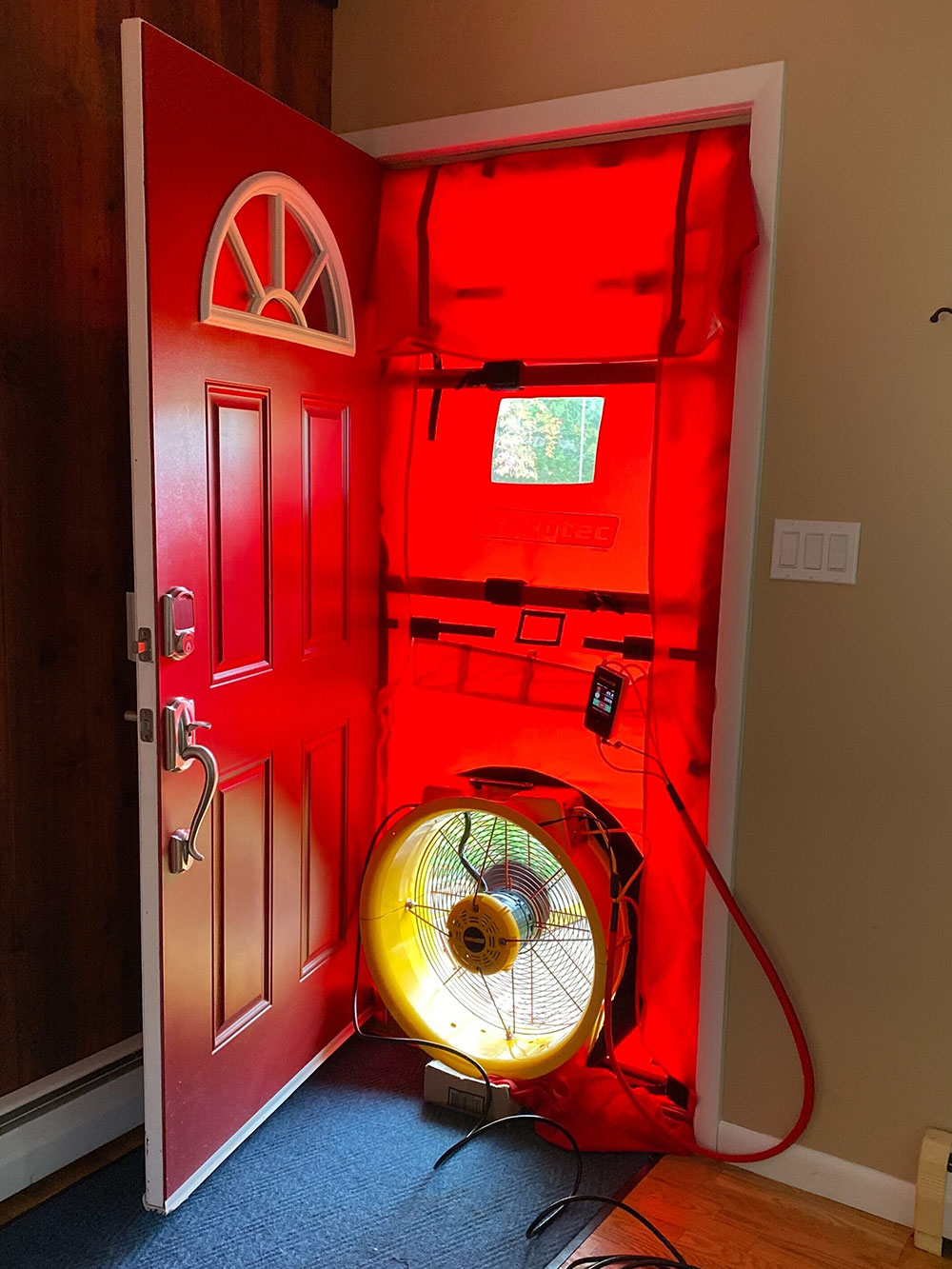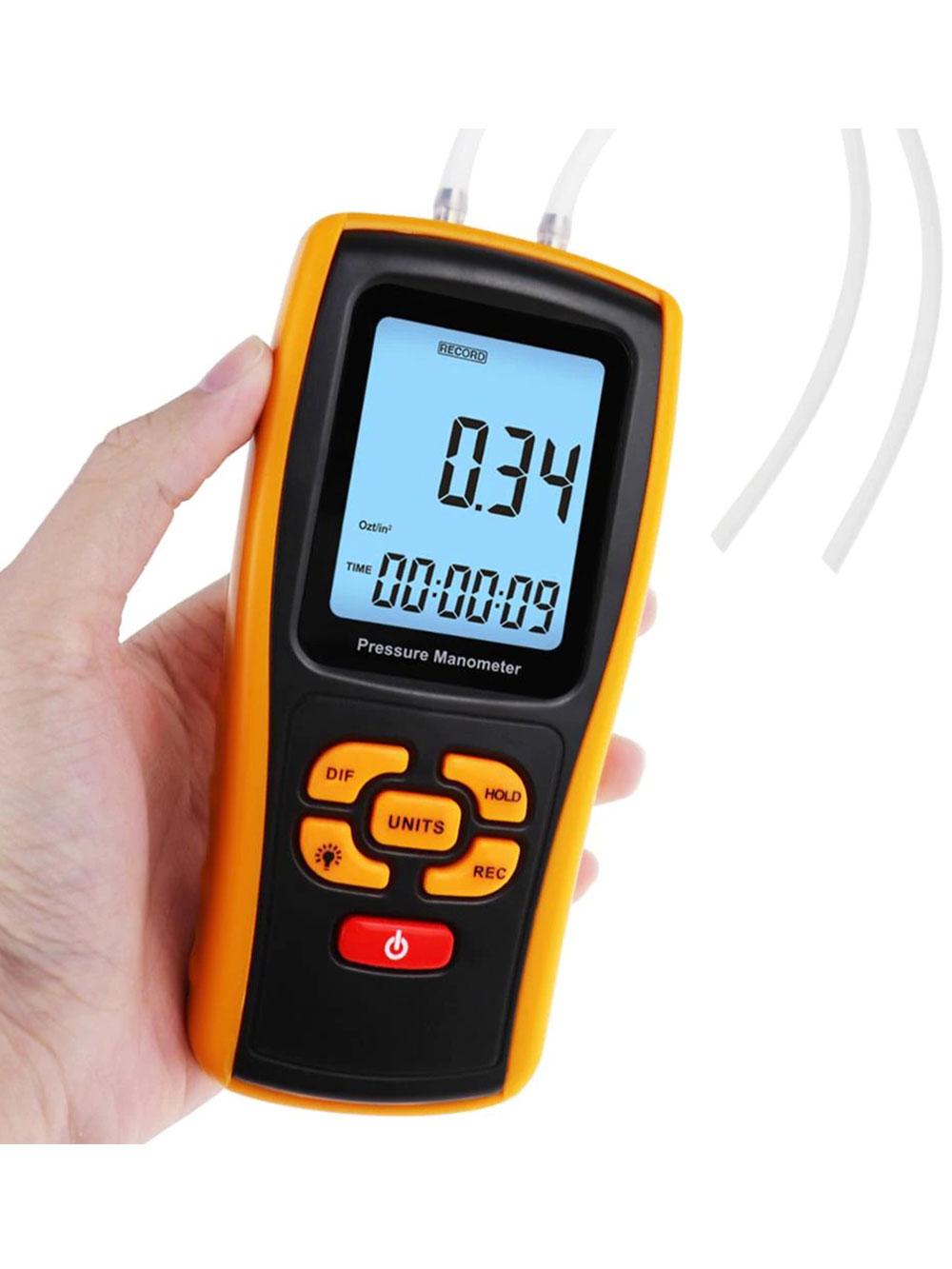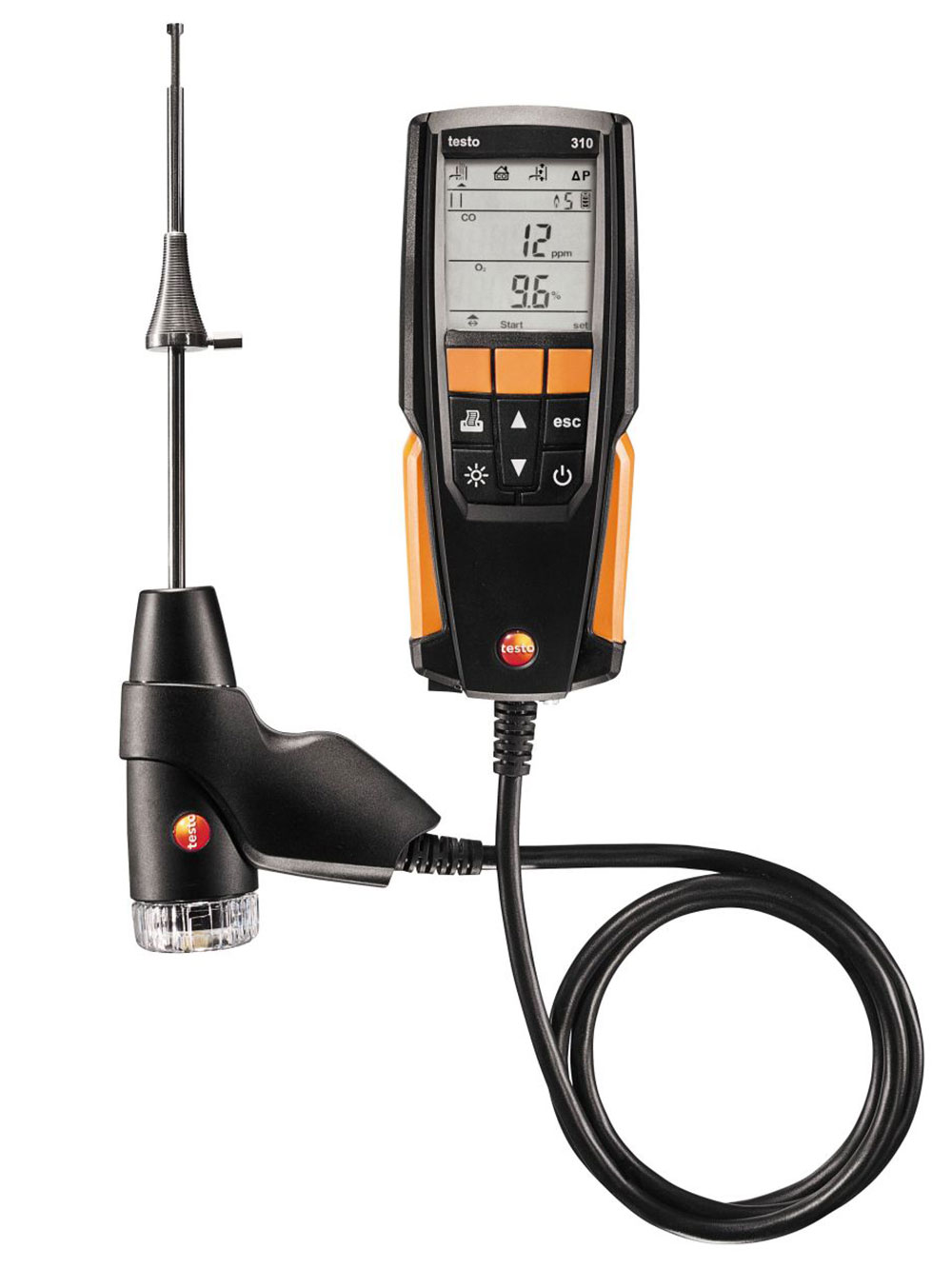
Why Get An Energy Audit for Your Home?
Who needs a Comfortable Home Energy Audit?
The most common misconception about a home’s comfort level is that you have to spend thousands of dollars to be energy efficient and comfortable. That is just not true. Yes, there are some jobs that are best when left to the professionals such as heating, ventilation and air conditioning work. But for the most part if you have the time and interest you can save a lot of money by addressing the issues yourself.
When the audit and the repairs are completed you will have a home that is more energy efficient, safe, durable and more comfortable. As additional benefits, the air inside your home will cost less to condition, even temperatures will be felt throughout the home and the indoor air quality will be healthier.
If your home has any of the following you should have an energy audit:
- Hot rooms in the summer
- Cold floors in the winter
- Drafty rooms
- Dry indoor air in the winter
- High energy bills
- Uneven heating and cooling
- Ice dams
- Mold, mildew or musty odors
- Moisture on windows
- Peeling paint

The Comfortable Home Energy Audit Process
A Comfortable Home Energy Audit is an in depth inspection inside and out and top to bottom. We climb up into your attic, investigate your basement and crawl into your crawlspace. All along the way we are measuring, inspecting and formulating the most cost effective whole house energy efficiency plan that will yield long term financial rewards.
Duct Work: We inspect the duct work in your home (where accessible) to check for leaks and that all connections are properly sealed. Loose or disconnected duct work is not only inefficient but can cause poor indoor air quality and be a health risk. Inefficient duct systems is a common cause for high energy cost.
Exterior inspection: We are looking for any structural damage, water damage, grading and drainage concerns, gutters and down spouts. The condition location and size of the windows. The house position and location, we take note of any vegetation that may aid in shading or act as a wind screen. We inspect the location, age, size and condition of a/c or heat pump. If the home has gas fired appliances we test the gas meter and gas line for leaks
Interior inspection: We inspect the condition and location of the windows and doors, inspect duct work (return and supply), location of vent registers, insulation, light fixtures. We recommend using Energy Star appliances. In addition we scan the entire interior of the home with our state of the art infrared camera, looking for any insulation and or moisture problems. We test vent registers and recessed lights for air leakage.
Attic and basement, crawl space inspections: As water and/or moisture intrusion is the hidden danger we pay extra close attention in these areas. These areas are more prone to moisture/water. Any presence of moisture can lead to a mold or mildew problem. We also measure and determine the insulation levels and R value, inspect air ducts (supply and return) for leaks. We locate all gaps and penetration and inspect for air sealing opportunities.
Combustion Appliances: We test the combustion appliances (furnace, hot water heater and/or boiler) to determine how safe and efficiently they are operating. These are a series of test that check for spillage, draft, efficiency and most importantly carbon monoxide. These tests ensure that under worst case scenario conditions the appliance(s) will not back draft and bring carbon monoxide into the home. In addition,
Blower Door Test: Here we are determining how leaky your home is. Leaky in terms of how much air is entering the home (infiltration) and how much air is leaving the home (exfiltration). First, we calculate the BAS (Building Airflow Standard). Which tells us how much airflow is needed in your home. Then we begin the blower door test which will show us how much air is going through your home and where the air leaks are located. At this point, you will see and feel where your home is losing money. Now we are able to FEEL the airflow pathways and locate places where air sealing is necessary. This will allow you to have a tighter home and start saving money on your energy/utility bill.
Infrared camera scan: While the blower door test is running we will scan the interior and exterior walls of the home. Here you will SEE where the air is infiltrating the home. This will also show us, if and where the home may be missing insulation.


Infrared Camera
Home Energy Audit Tools
– By far the coolest tool in sight! The use of an infrared camera is known as thermography. Thermography is used to show, in a non invasive way, the temperature and temperature variances in objects. It shows light in a heat spectrum. A good example is, with the infrared camera we are able to look at a wall and see the different wall temperatures and see where air is leaking. The temperature differences show up on the camera as different colors. Another important use of the infrared camera is to locate water or moisture intrusion behind walls (The hidden danger). Water and/or moisture infiltration may be a source of mold growth.

Blower Door
– Another cool tool that will blow you away! Designed to measure the air tightness of buildings, air leakage and to help locate air leakage sites. The blower door consist of a powerful, calibrated fan that is temporarily sealed into an exterior doorway. The fan blows air out of the building to create a slight pressure difference between inside and outside. As a result, the pressure difference forces air through all holes and penetrations in the exterior envelope.

Manometer
– This is the brains of the blower door! The manometer is a multi-functional pressure and flow gage that helps us interpret what the blower door is telling us about the home.

Combustion Analyzer
– Kind of like a psychologist for your combustion appliances! A hand-held measuring instrument used for the analysis of combustion appliances. Measurements and analysis include temperature, draft, carbon monoxide and efficiency.

